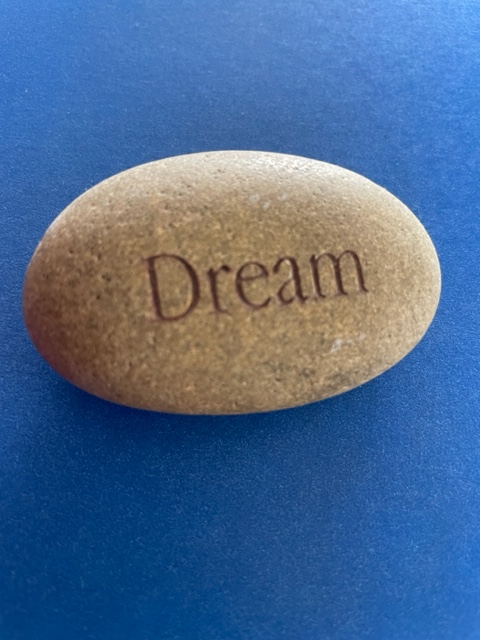
Stories are abundant about each of us coming to the “pearly gates” and being let into heaven only after being judged by God or God’s administrator in heaven. The same kind of judgement (though much less existential) can occur during our dream about engaging in a specific solution to that lingering and perplexity problem. Dreams often incorporate trials or the completion of tests. I know that most of my colleagues who have received doctorates dream about going through the gauntlet of their dissertation committee—and find that this dream segment shows up when they are considering specific solutions to the professional problems they are facing. Did I really deserve to be awarded the doctorate and am I really equipped to solve this problem? Am I really a charlatan who will be soon found out and denied my doctoral degree? At this point the dream can become a nightmare and will often cease to be productive.
One final point about dreams serving as tools for problem solving. I return to Matthew Walker (2017, p. 230) who concludes based on his review of research (often conducted by himself), “the content of one’s dreams, more than simply dreaming per se, or even sleeping, determines problem-solving success.” It is not enough to convene the committee of sleep—something must be generated by this committee that is of value. If one is going to address a focal conflict, this “therapeutic” process has to yield a successful outcome. Our focal conflict dreams might be repeated many times precisely because we have not yet fully unraveled or resolved this life-long struggle.
Planning Perspective
In our dream, we can assemble our support team. Much like Barrett’s committee of sleep can help us solve problems, so members of this committee can also help us do some planning. They become “coaches” that assist us with our planning. In the dream there might be the “cheerleader” who extolls our virtues and the strength of our plan. The dream might also introduce a “visionary” who portrays a possible future for us.
A door to this future might be opened (a rather cliqued dream element) or our visionary might transport us to a different (and preferable) world. The visionary might be a real “nut wagon” who offers a silly idea. Yet, in that silly idea there is often a touch of reality and a sign pointing in the direction of a valid path to the future. The visionary might also be quite brilliant and creative. This dream-based figure could represent our best self (a self that we often ignore or discount). A better solution is offered, or a creative idea is presented that makes an adequate solution even better.
The Creative Self: The creative part of us can often be found in our unconscious mind—and often appears suddenly when we are awake, but relaxed or distracted. We are taking a shower and suddenly the solution to a problem we have been struggling with for several weeks comes to the fore. With soap in our eyes, we struggle to scramble out of the shower stall and find a pen and paper where we can write down our solution. Perhaps, we are driving to work, and the solution pops out. Do we drive to write it down while driving (not a good idea!) or pull off to the side of the road and write it down. The setting might be a playground where we are watching our child on a swing. Or it might be a moment when we are just about to fall asleep (during the hypnogogic stage that I shall describe shortly).
The key feature is that our “defenses” are lowered, A new idea is allowed to emerge. We have known about this phenomenon for many years – it is called “incubation” and has often been depicted regarding the occurrence of major breakthroughs in both the sciences and the arts (Ghiselin,1985). I like to think of this as a wonderful stew that is simmering on the back burner of our stove. We are not attending to it, but the stew is getting better and better. Finally, we notice if and bring it to a front burner and dish it up for our own enjoyment and that of other people.





